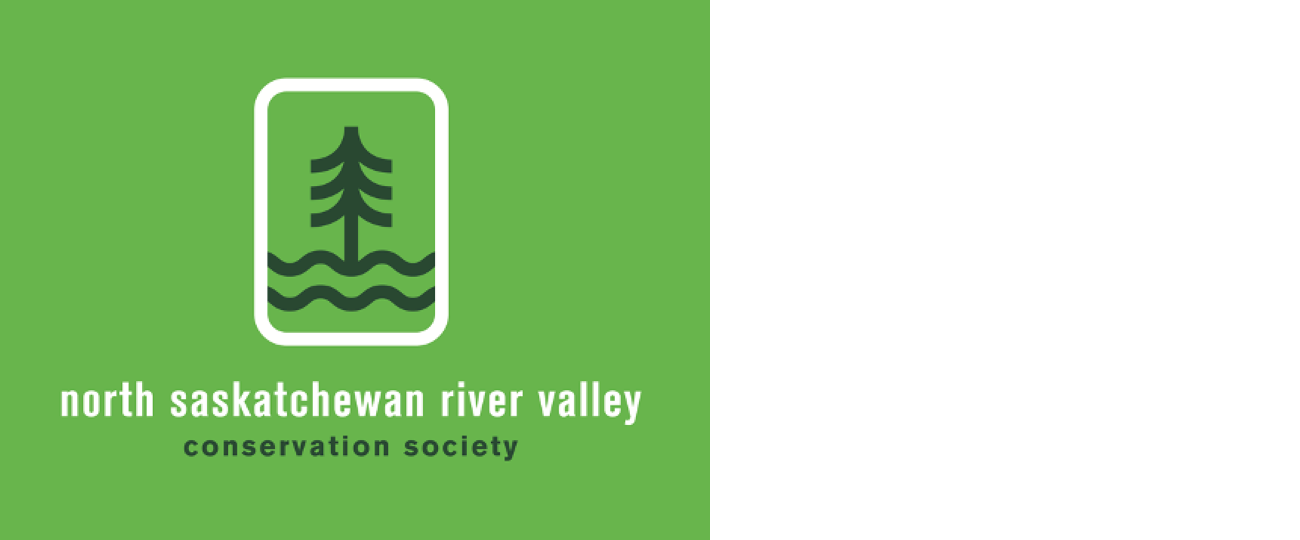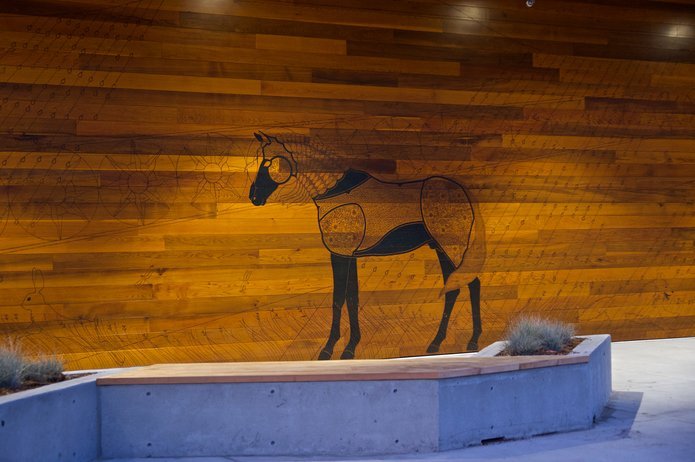A Little Bit Ritchie podcast celebrates community’s 100th Anniversary
In September 2022, the Ritchie Community League celebrated its centennial. A unique part of the year long celebration was the podcast A Little Bit Ritchie, which shared stories of the past 100 years of the league and neighbourhood. The seven episodes range from Mill Creek Ravine and Gainers Meatpacking Plant to playgrounds.
The site of the 96th street condos, which overlook Mill Creek Ravine, was once home to the gigantic Gainers slaughterhouse, a keystone of Ritchie’s economic and social landscape. This episode discusses Gainers’ success within the greater context of meatpacking and in relation to the Ritchie community. It also delves into the infamous 1986 Gainers strike.
Did you know that in the early days of the twentieth century, city dwellers across Canada and the United States learned of a new phenomenon that pledged to reduce crime, increase morality, and improve public health, the playground. This episode uncovers how and why playgrounds and park spaces became essential to the health of our neighbourhoods, children, and society. Listen to A Little Bit Ritchie https://www.ritchie-league.com/a-little-bit-ritchie
Protect nature and sustainable ecosystems as an EALT board member
The Edmonton and Area Land Trust (EALT) is accepting applications to join its Board of Directors. The application deadline is February 12. EALT works to protect natural areas to benefit wildlife and people, and to conserve biodiversity by engaging volunteers and communities. It currently stewards 15 lands in the Edmonton region, with most of these lands open to the public to visit.
EALT is looking for individuals active and engaged in their field or community and have a genuine interest in its vision and mission. You embrace its core values of collaboration, integrity, accountability, and innovation. You have knowledge or experience with boards and non-profits, and are committed to good governance.
The EALT board strives for a governance team that is diverse and has the right mix of characteristics, skills, and experience. Current priorities for board recruitment include emerging leaders and individuals from Edmonton’s diverse Indigenous and cultural communities, the charitable sector, energy and resource sectors, land use planning, environmental planning, communications, and fundraising. Board information https://static1.squarespace.com/static/569ec99b841abaccb7c7e74c/t/63b86d4311889069e10c043d/1673030979202/Join+EALT%27s+Board+of+Directors.pdf
YEG’s first bridge, the Low Level, was built to provide rail service
The prime motivation for building the Low Level Bridge was the need to provide a rail connection between Strathcona and Edmonton. Designed and built in 1900 for rail traffic by the Federal Government, it carried only pedestrians and horses and wagons for its first two years.
The first train, from the Edmonton, Yukon and Pacific Railway (EYPR), crossed the bridge arriving in downtown Edmonton on October 20, 1902. A second 5.1 km track from the bridge to the Canadian Northern Railway, in what is now known as the Edmonton Brewery District, was made in 1905. The railway tracks were removed from the Low Level Bridge in 1954.
One of Edmonton’s most famous pictures is of a train acting as ballast on the Low Level Bridge to prevent it from being washed away during the 1915 flood. More photos https://csce.ca/en/historic-site/edmonton-pacific-and-yukon-railway-and-low-level-bridge/
Silver Skate Festival returns Feb 10-20 to Hawrelak Park
Edmonton’s longest running winter festival celebrates prairie winter life and creates winter experiences for Edmontonians of all ages. The Silver Skate Festival is a free 10-day family-oriented festival that combines culture, art, education, sport, and recreation.
Feel the breeze on your face as you glide along the city's largest skating pond while listening to a tuneful compilation of Edmonton-based music. Marvel at the artistic talent on display in the snow sculpture garden. Be dazzled by roving performers and experience renewal by writing out a fear or a wish to be added to the nightly fire sculpture burn.
Visit the Indigenous pavilion in the heritage village which includes installations, stories, and a Winter Walking Ceremony. Push yourself, or a team comprised of family and friends, to frosty victory in the Duathlon or Winter Triathlon. All types of skate blades and skill levels are welcome. Event information https://silverskate.ca/
Heart of the Valley by Black Artifex, Whitemud Equine Learning Centre https://edmontonpublicart.ca/#!/details/217
Comment or contribution
Please note that articles may not reflect the position of NSRVCS. River Valley News is meant to be a clearinghouse for the wide variety of opinions and ideas about Edmonton’s River Valley. Email river valley photos, event information, comments, or questions to nsrivervalley@gmail.com
Sincerely yours,
Harvey Voogd
North Saskatchewan River Valley Conservation Society
780.691.1712
















